New Delhi: Vasant Panchami, also known as Saraswati Puja, is a festival that marks the arrival of spring and pays homage to the Hindu goddess Saraswati. Observed across the Indian subcontinent, particularly in Bharat and Nepal, this festival holds deep cultural and religious significance, with devotees celebrating in various ways to honour the goddess of knowledge, music, and the arts.
Vasant Panchami falls on the fifth day of the bright half of the Hindu lunisolar calendar month of Magha, typically occurring in late January or February. As the “King of all Seasons,” spring’s arrival is anticipated forty days in advance, marking the start of festivities. Vasant Panchami also marks the start of preparation for the Holi festival, which occurs forty days later.
Devotees adorn themselves in yellow attire and partake in rituals symbolising renewal and creativity. Saraswati Puja, dedicated to the goddess Saraswati, involves offerings of yellow snacks and sweets, while some families engage in educational activities with young children, encouraging their first steps into literacy and learning.

Various myths and legends surround the significance of Vasant Panchami. One prevalent legend recounts the birth of the goddess Saraswati, revered as the embodiment of knowledge and the arts. According to this tale, on the day of Vasant Panchami, Lord Brahma, the creator of the universe, roamed the silent earth, yearning for companionship amidst his vast creation. In a gesture of divine grace, he sprinkled water from his sacred pot, from which emerged the goddess Saraswati, adorned with a Veena, symbolising music and creativity. Since that day, devotees have worshipped Saraswati and commemorated Vasant Panchami in her honour.
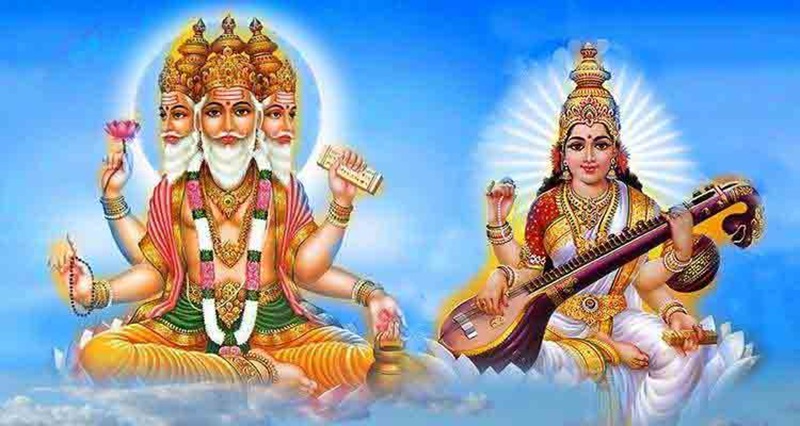
Another story revolves around the renowned Sanskrit poet Kalidasa, whose life took a transformative turn on Vasant Panchami Day. Depressed by despair after being abandoned by his wife, Kalidasa intended to end his life by plunging into the river. However, goddess Saraswati intervened, bestowing upon him wisdom and literary powers.
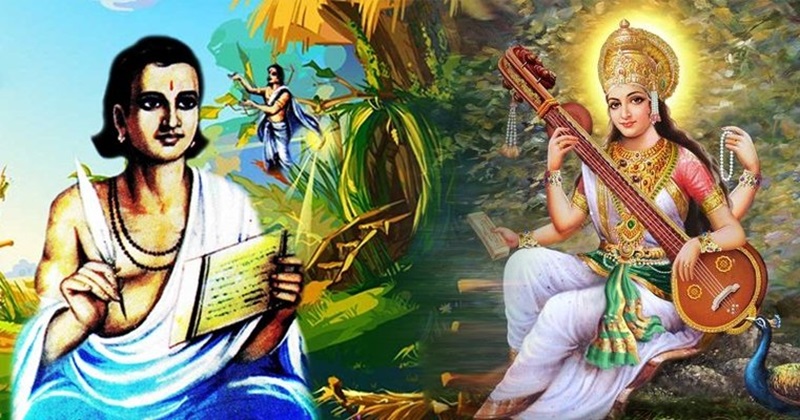
The day of Vasant Panchami also holds significance in the epic of the Ramayana, where it is believed that Lord Rama partook of half-eaten fruits offered by Mata Sabari on this day.
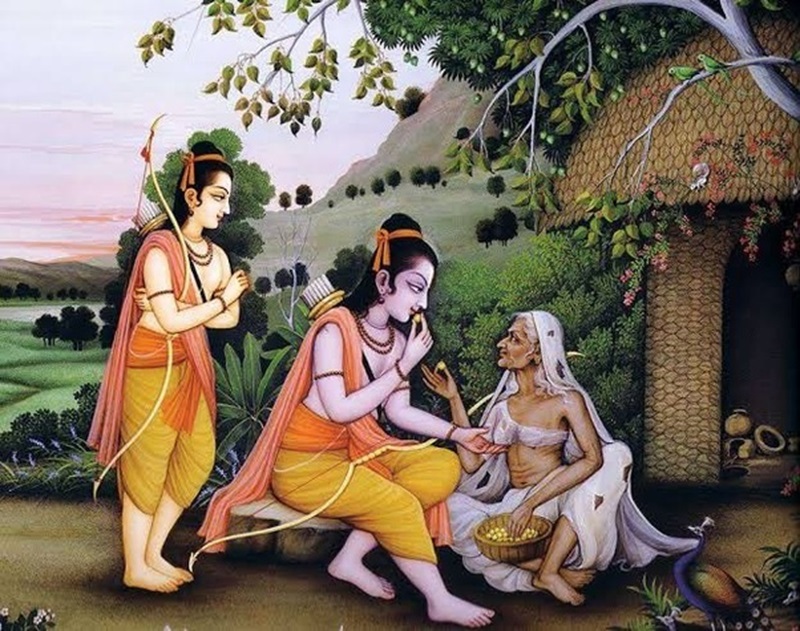
In another tale from the Matsya Purana, the narrative revolves around Kamadeva, the god of love, and his wife, Rati. According to this legend, Lord Shiva was engrossed in deep meditation when Tarakasura, powered by a boon that only Shiva’s son could defeat, unleashed chaos across the world. Shiva, having detached worldly attachments after the self-immolation of his first wife Sati, seemed beyond reach. However, Sati was reborn as Parvati and sought Shiva’s affection through intense penance. Despite her efforts, Shiva remained unmoved. Determined to awaken him, Parvati enlisted the help of Kama Deva, the god of love. On Vasant Panchami, Kama Deva devised an elaborate plan, creating an illusionary spring in Kailash to entice Shiva from his meditation and spark a divine union.
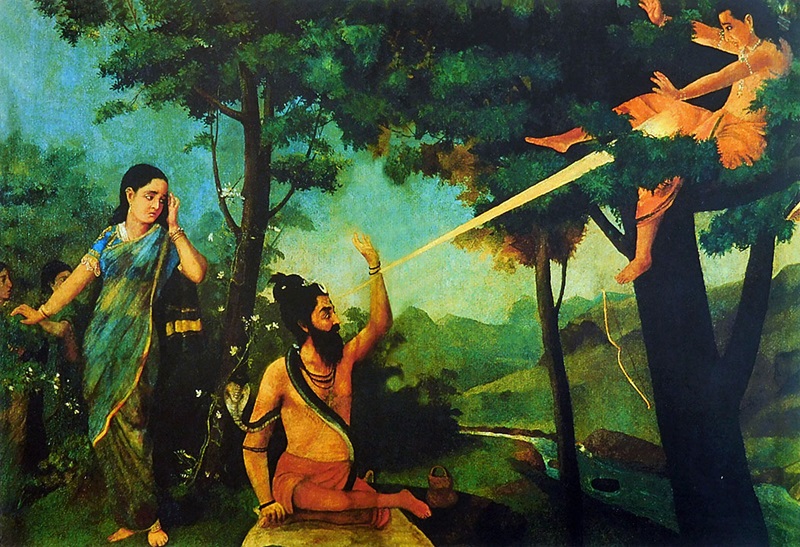


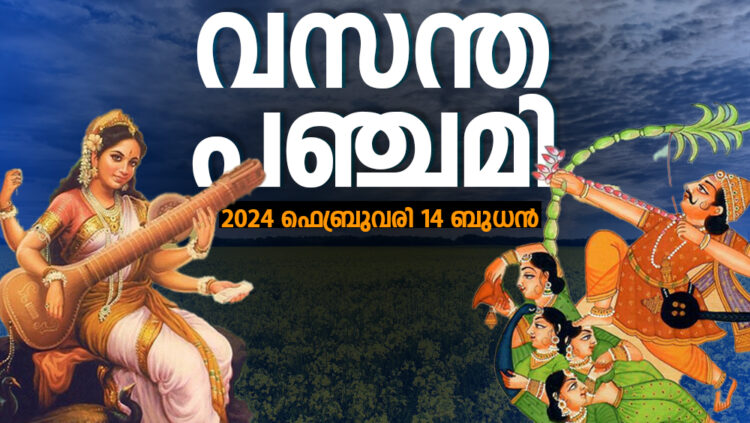
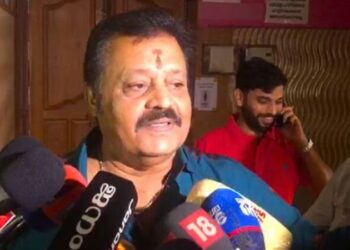
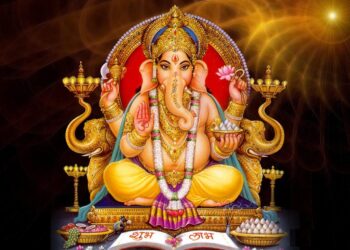








Comments